Q. Is the quality control officer inspecting the beef colour to determines grass-fed protected geographical indication (PGI) eligibility to be employed by the meat processor? Is the Department of Agriculture confident that this would be an objective assessment?
A. A growing amount of importance for PGIs is not just based on product reputation but also the visual and organoleptic properties (the aspects of food that create a unique experience via the senses including taste, sight, smell etc.). Having measurable criteria and evidence in this respect is considered very important, which is why the PGI draft specification states that Bord Bia will develop and apply a colour chart that will be used to assess and include carcasses to show the typical ranges of colour for meat and fat. The proposed chart, and the implementation at processing level, is yet to be developed, however it will be done to international best practice and standards. The aim is to only exclude carcasses that are clearly not from a grass-fed system e.g. veal.
Q. Was the PGI application presented to and assessed by farmer representatives prior to being drawn up?
A. The PGI application and process began with an industry workshop with the EU Commission in February 2019. Representatives from all of the farm organisations were present. Since then, and throughout the development of the application process, Bord Bia has engaged with farmer representatives through ongoing one to one discussions, the beef taskforce and Bord Bia's board infrastructure. Farmer organisations are represented on our meat and livestock board and also Bord Bia’s main board.
Q. Has any impact assessment been undertaken to assess what financial benefit will result for farmers?
A. PGI products generally tend to attract a price premium. Analysis of Mintel’s GNPD database across key European markets suggests that meat, dairy and fish products with a PGI logo have attracted a price premium of 10%-20% over the last five years.
Q. Can farmers bring their own cattle to the factory and be eligible for the PGI status or must they use a licensed haulier? Can farmers bring cattle to a factory outside a two-hour radius of their farm and be eligible for the PGI status?
Yes, farmers can bring their own cattle to the factory. There is no change in these requirements over the current standard transport requirements in the SBLAS and MPQAS. The application wording (section five) highlighted that low transport times are a feature of Irish Beef production, as a result of all producers being located within two hours of an abattoir. This is not a stipulation that the journey time must be under two hours in order for beef to qualify.
Q. Will the farmer lose out on any premium or bonus on an animal that is excluded because of a high pH? How can farmers be responsible for the pH result of an animal after it is delivered to the factory?
A. There is no specific reference to pH in the application document and there is no basis yet to decide monetisation for PGI eligible cattle.
Q. Will farmers get paid a premium for PGI eligible cattle? Is this not bound to create a two tier market for prime Irish beef?
A. As of now there is no PGI status for Irish beef production and therefore it is premature to discuss any potential price premium. What is clear based on the current position of PGI products in the European market is that they tend to copper fasten the premium positioning of eligible products. The strength of PGI is that it represents a unique product niche that differentiates qualifying products in most European markets. The niche status of PGI means that the risk of devaluing ‘mainstream’ products is minimised.
For more detailed analysis and coverage of this story pick up a copy of this week’s Irish Farmers Journal, in shops tomorrow.
Read more
In pictures: positive start to weanling sales in Balla
Beef finisher payment opens to 42,000 farmers
Cullinan hits out at grass-fed beef PGI proposals
Q. Is the quality control officer inspecting the beef colour to determines grass-fed protected geographical indication (PGI) eligibility to be employed by the meat processor? Is the Department of Agriculture confident that this would be an objective assessment?
A. A growing amount of importance for PGIs is not just based on product reputation but also the visual and organoleptic properties (the aspects of food that create a unique experience via the senses including taste, sight, smell etc.). Having measurable criteria and evidence in this respect is considered very important, which is why the PGI draft specification states that Bord Bia will develop and apply a colour chart that will be used to assess and include carcasses to show the typical ranges of colour for meat and fat. The proposed chart, and the implementation at processing level, is yet to be developed, however it will be done to international best practice and standards. The aim is to only exclude carcasses that are clearly not from a grass-fed system e.g. veal.
Q. Was the PGI application presented to and assessed by farmer representatives prior to being drawn up?
A. The PGI application and process began with an industry workshop with the EU Commission in February 2019. Representatives from all of the farm organisations were present. Since then, and throughout the development of the application process, Bord Bia has engaged with farmer representatives through ongoing one to one discussions, the beef taskforce and Bord Bia's board infrastructure. Farmer organisations are represented on our meat and livestock board and also Bord Bia’s main board.
Q. Has any impact assessment been undertaken to assess what financial benefit will result for farmers?
A. PGI products generally tend to attract a price premium. Analysis of Mintel’s GNPD database across key European markets suggests that meat, dairy and fish products with a PGI logo have attracted a price premium of 10%-20% over the last five years.
Q. Can farmers bring their own cattle to the factory and be eligible for the PGI status or must they use a licensed haulier? Can farmers bring cattle to a factory outside a two-hour radius of their farm and be eligible for the PGI status?
Yes, farmers can bring their own cattle to the factory. There is no change in these requirements over the current standard transport requirements in the SBLAS and MPQAS. The application wording (section five) highlighted that low transport times are a feature of Irish Beef production, as a result of all producers being located within two hours of an abattoir. This is not a stipulation that the journey time must be under two hours in order for beef to qualify.
Q. Will the farmer lose out on any premium or bonus on an animal that is excluded because of a high pH? How can farmers be responsible for the pH result of an animal after it is delivered to the factory?
A. There is no specific reference to pH in the application document and there is no basis yet to decide monetisation for PGI eligible cattle.
Q. Will farmers get paid a premium for PGI eligible cattle? Is this not bound to create a two tier market for prime Irish beef?
A. As of now there is no PGI status for Irish beef production and therefore it is premature to discuss any potential price premium. What is clear based on the current position of PGI products in the European market is that they tend to copper fasten the premium positioning of eligible products. The strength of PGI is that it represents a unique product niche that differentiates qualifying products in most European markets. The niche status of PGI means that the risk of devaluing ‘mainstream’ products is minimised.
For more detailed analysis and coverage of this story pick up a copy of this week’s Irish Farmers Journal, in shops tomorrow.
Read more
In pictures: positive start to weanling sales in Balla
Beef finisher payment opens to 42,000 farmers
Cullinan hits out at grass-fed beef PGI proposals




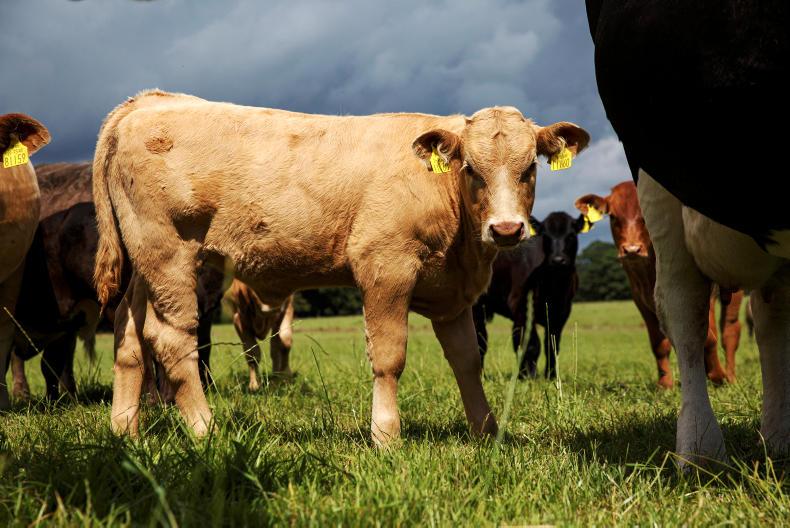
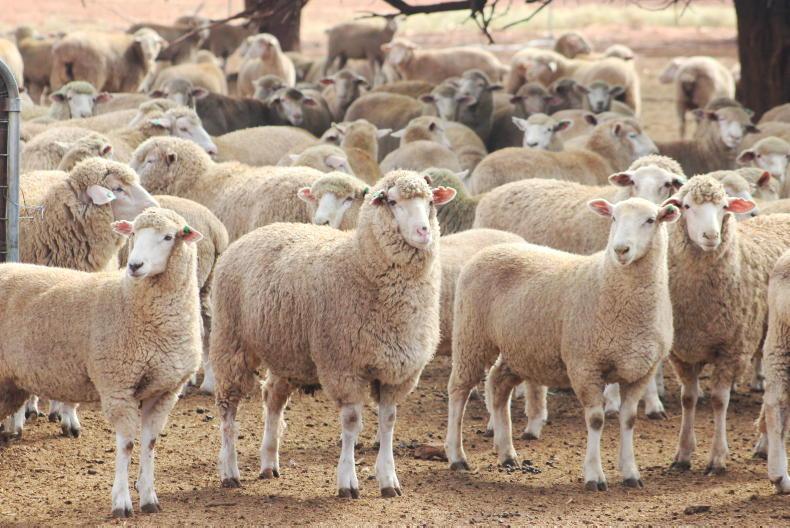

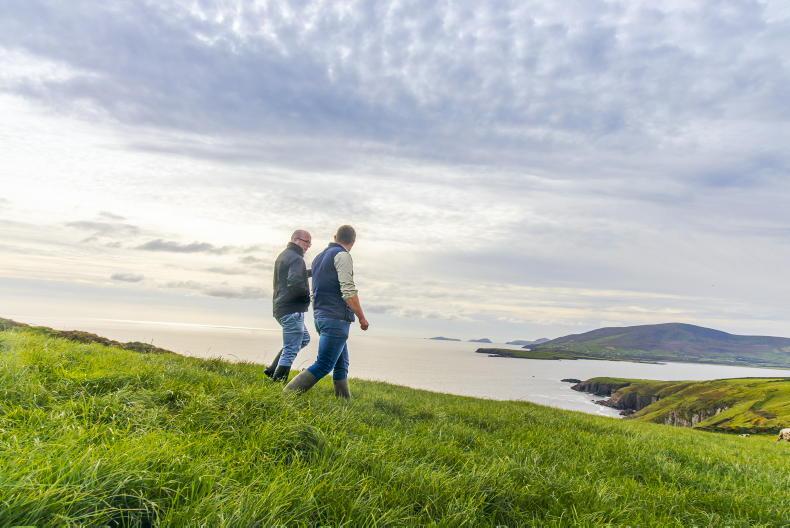
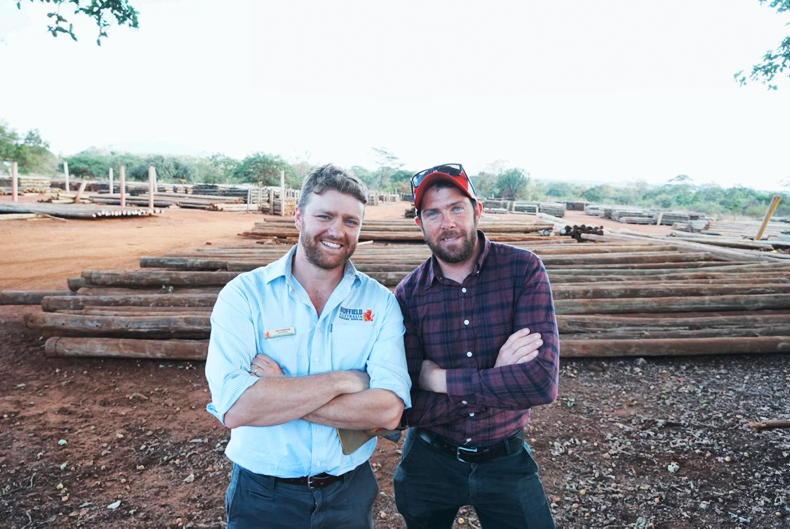
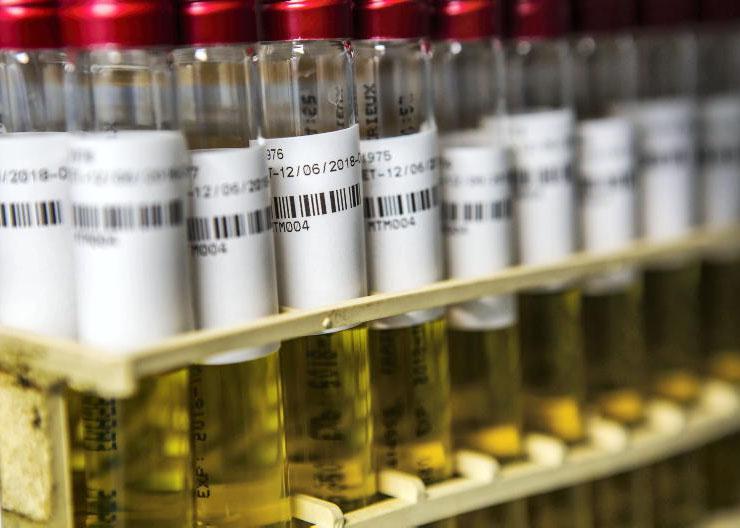
SHARING OPTIONS